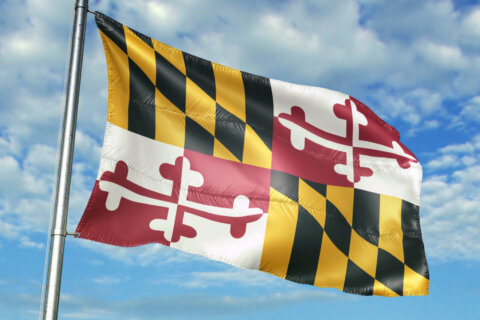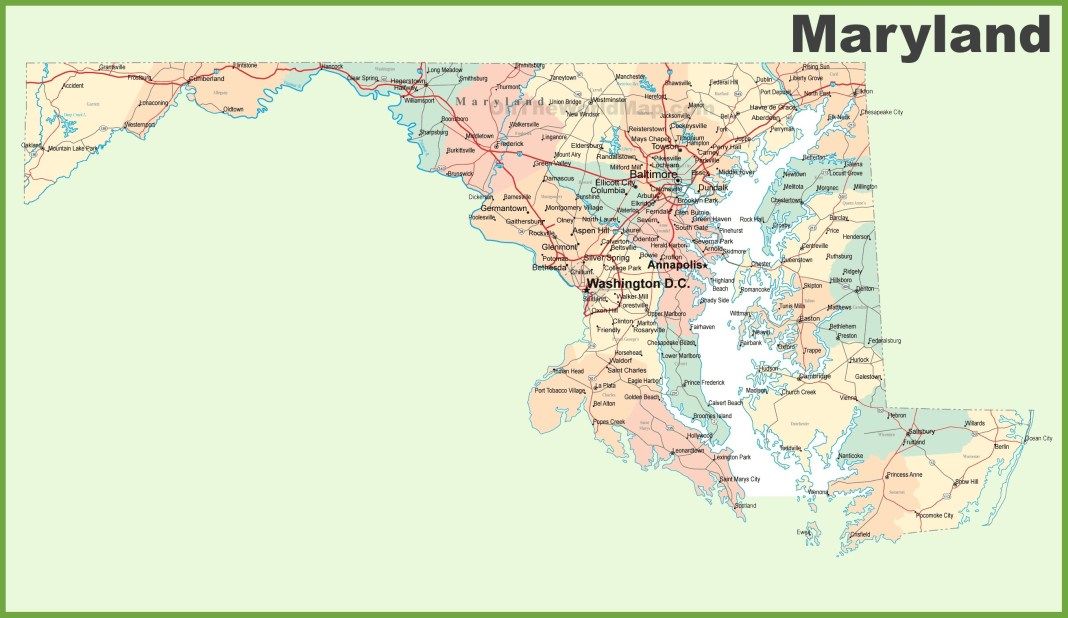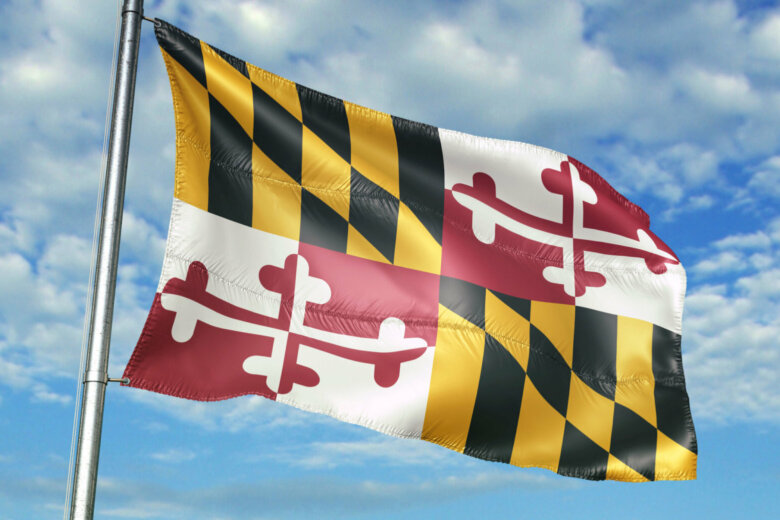This article was republished with permission from WTOP’s news partners at Maryland Matters. Sign up for Maryland Matters’ free email subscription today.

This content was republished with permission from WTOP’s news partners at Maryland Matters. Sign up for Maryland Matters’ free email subscription today.

Maryland voters have widely divergent opinions on the direction of the jurisdiction where they live — and those opinions are based to a large degree on the economic health of their home cities and counties.
A wide-ranging poll, conducted for Our Voice Maryland, was taken earlier this month to gauge voters’ opinions on a variety of topics. Rather than seeking public opinion on politicians and elections, the poll was designed to test the mood of the electorate and voters’ priorities — particularly in the state’s six largest jurisdictions.
The poll results suggest that the state electorate is nervous about the future and that opinions differ based on where the poll respondents live.
The online poll of 2,595 registered Maryland voters, was taken April 19-22 by Change Research, a California-based firm that specializes in reaching larger segments of the electorate than typical surveys do. It was conducted for Our Voice Maryland, a 501c4 organization that was actively supporting Democrats in Baltimore and Howard counties during last year’s county executive races. Earlier this year, Our Voice Maryland transitioned to become a policy/political research testing apparatus in the state.
The poll, designed by Democratic strategists Raymond Glendening and Brian Doory, who are leading Our Voice Maryland, will be the first of a series that the organization is planning to commission over the next several months. The current survey had a 2.3-point margin of error.
All of the poll results, which were based on 34 questions, were shared with Maryland Matters under the condition that only a minimum number of questions and answers could be made public. But a look at even a few of the questions was highly revealing.
The level of anxiety between voters in Baltimore City and those residing in some of Maryland’s wealthier counties was especially stark.
Asked whether conditions in the jurisdiction where they live are moving in the right direction or are off on the wrong track, just 2 percent of Baltimore City voters said things are on the right track, while 77 percent said they are moving in the wrong direction. Twenty-one percent answered “somewhere in the middle.”
By contrast, 33 percent of voters in Howard County said things were on the right track. Twenty-two percent said they were on the wrong track, and 44 percent said they were somewhere in the middle. The right track number was 30 percent in Montgomery County, 23 percent in Anne Arundel County, 19 percent in Baltimore County, and 13 percent in Prince George’s County.
The state’s five largest counties all have new executives, who were elected in November 2018 and took over a month later. Baltimore’s scandal-plagued mayor, Catherine E. Pugh (D), has been on a health-related leave of absence for several weeks, and the city has been led temporarily by City Council President Bernard C. “Jack” Young (D).
Here are the full numbers for the right track/wrong track question:
Would you say that things in {County} are on the right track or off on the wrong track?
Balt Balt
City County AA Howard Mont PG Statewide
2 17 23 33 30 13 20 Right
77 37 26 22 26 27 32 Wrong
21 47 50 44 44 59 48 Middle
The voters’ responses corresponded almost directly to their sense of the health of the economy in the places they live, along with the relative economic security of their families.
Asked what the three most important issues facing their jurisdiction are, voters diverged dramatically. In Baltimore City, gun violence was cited by 65 percent of the voters. In Prince George’s County, education was mentioned by 57 percent. Traffic and roads topped the list in Montgomery and Anne Arundel counties, while in Howard and Baltimore counties, taxes topped the list. Education, traffic and taxes were bunched together in the statewide survey.
Here are the full numbers for the issues question:
What is the most important issue facing {County} today? Please pick no more than three.
Balt Balt
City County AA Howard Mont PG Statewide
41 34 31 22 26 57 34 Education
15 40 33 39 35 29 32 Taxes
12 23 40 31 43 36 32 Traffic
26 18 12 16 21 28 24 Jobs/economy
12 20 22 17 20 20 20 Healthcare
33 24 22 16 11 21 18 Public safety
15 26 12 23 12 15 18 Govt. spending
65 23 16 10 11 24 18 Gun violence
21 9 11 20 28 21 18 Housing
6 17 25 15 19 7 15 Immigration
6 13 19 20 16 6 13 Environment
10 9 6 9 6 8 8 Equality
7 8 5 9 13 2 7 Transit
1 6 8 10 6 4 6 Energy prices
0 1 1 0 2 1 1 Tolls
9 4 9 12 5 2 7 Other
Meanwhile, a high percentage of voters is satisfied with the quality of public education in Howard and Montgomery counties, and reasonably satisfied in Baltimore and Anne Arundel counties. But that level of satisfaction drops precipitously in the state’s two majority-black jurisdictions, Baltimore City and Prince George’s County.
Here are the full numbers for the education question:
What grade would you give the public schools in {County}?
Balt Balt
City County AA Howard Mont PG Statewide
0 3 6 38 18 1 9 A
5 24 41 40 46 12 30 B
19 41 29 12 22 42 30 C
33 16 11 2 5 26 14 D
32 7 5 1 2 12 8 F
10 9 9 7 8 7 9 Incomplete
5 27 46 78 64 13 40 Positive (A/B)
65 22 16 3 7 38 21 Negative (D/F)
-60 5 30 75 57 -25 19 Net positive








